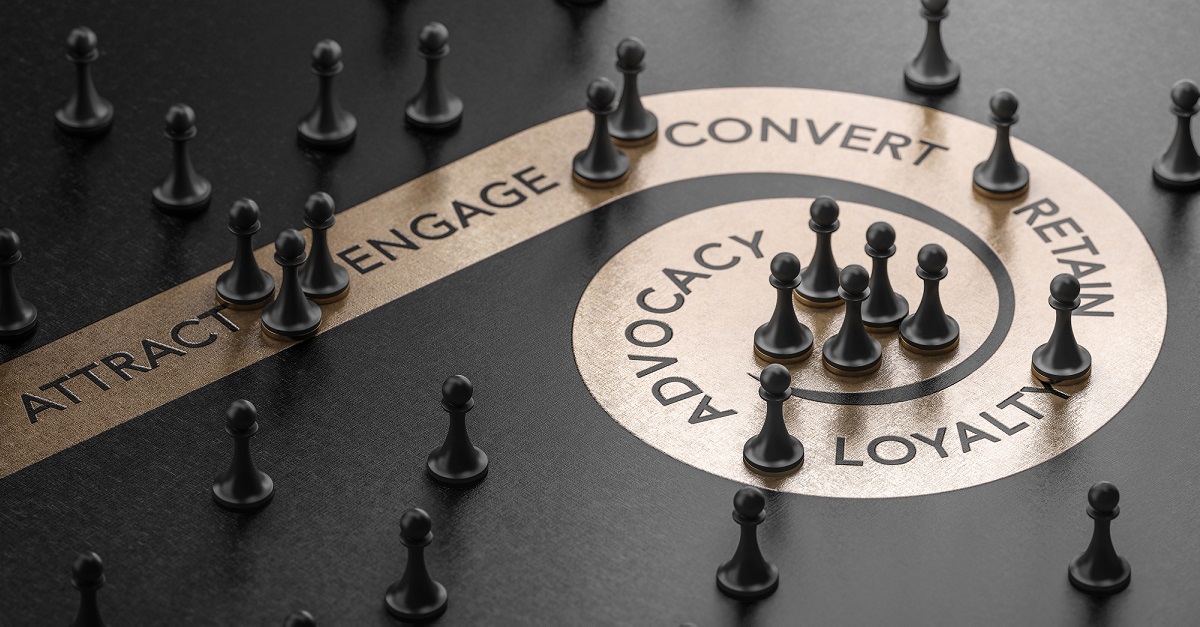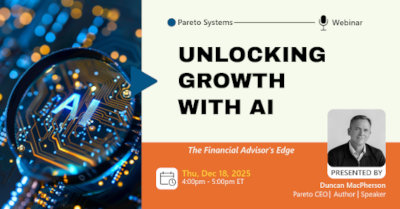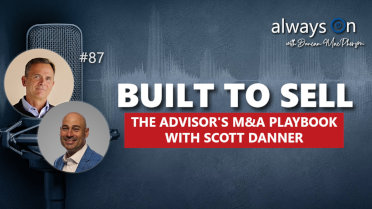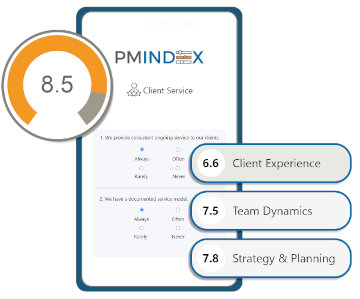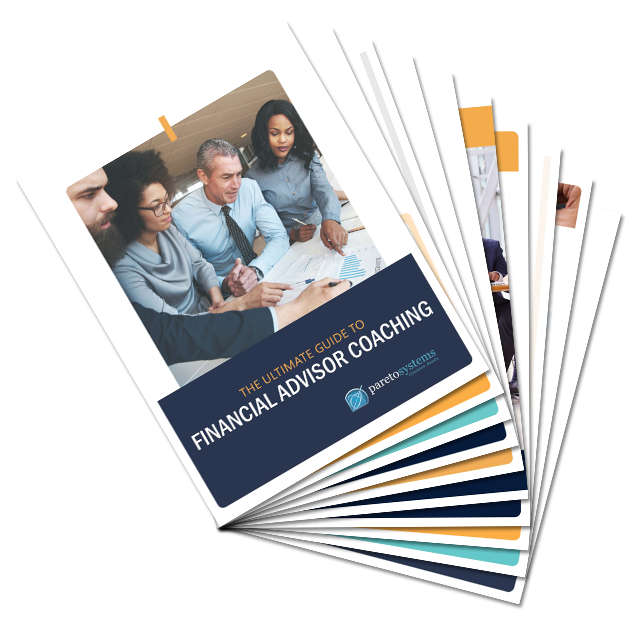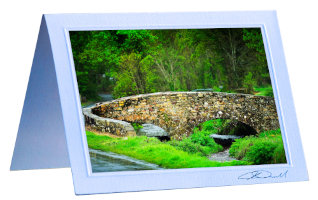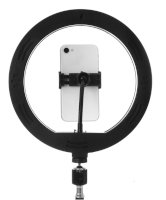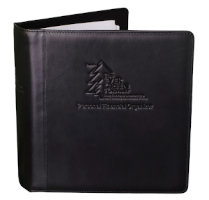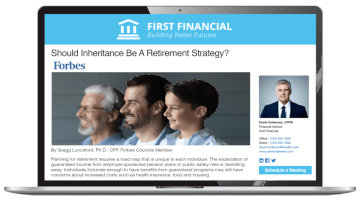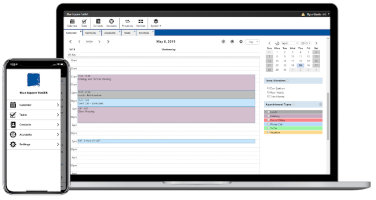Building Trust, Not Just Transactions

The Case for Stewardship Over Salesmanship
When it comes to client acquisition and business development, the most enlightened philosophy is that of stewardship, not salesmanship. Salesmanship asks a client to buy something, chasing them with closing techniques and trying to convince them to take action. It often over- promises and under-delivers. Stewardship asks a client to buy into something, attracting them with a process- driven, win-win approach, and letting them come to their own conclusions - convincing themselves with reason and self-motivation.
Why is this so important?
In the world of transactional one-off encounters, salesmanship is used to drive business and capture a buyer's fleeting enthusiasm before their intent diminishes, but you're not selling a car. This is not a transaction. Your value must be bought, not sold.
Salesmanship seeped into the consulting world as a way to drive business. At conferences, language like "You eat what you kill," "You're a hunter gathering assets," "Squeeze more juice out of the orange to gain more wallet share," "Increase your net-new households," "Open up new accounts" and "You have to drive production," became common. The problem is, that kind of jargon is from the lexicon of the coin- operated brokers of the world.
If you find yourself using the language of salesmanship, look at an empty chair in your office and imagine your best client is sitting there. Would you talk about sales tactics? Would you be proud if they described you to a friend as being a "great salesperson?" Open kitchens in restaurants are popular because you can see what is going on. It's a beehive of activity. There are flames, hustling staff, screaming chefs, plates dropping and intense aromas. It creates a vibe. They're proud of what they do and how they do it. There is nothing behind the curtain to wonder about - it's all completely transparent. We're asking you to be an open kitchen, too.
If you've ever been on the receiving end of salesmanship of any kind - a telemarketer, a door- to-door canvasser, a contrived time-share rep or a high-octane cell-phone salesperson - you've felt the discomfort of the intrusiveness and pressure. It's natural to have an aversion to being sold because if feels like something is being done to you. Many people develop a sales immunity over time - and as a buyer, it poisons the well because trust is undermined and sometimes permanently shattered. It's even worse if you've felt the anti-climax and buyer's remorse that creeps in after a sales encounter that prompted an impulsive decision.
Caveat Emptor vs Caveat Venditor
Clearly this isn't a new concept. Caveat Emptor is a Latin warning, which tells you something about how long this has been a thing. The lesser-known Caveat Venditor stated that the seller has implied responsibility when they sell something - it had better deliver what was promised. Stewardship and a transparent two-way vetting process removes any concern about mutually implied risk. It's all about stewardship and fit, not about a "win".
There are no closing techniques, tips on overcoming objections, selling tactics or secrets to persuasion that build advocacy. In fact, when you bring on a new
client, don't considered it a "close' - it's an engagement. You're not opening an account, you're establishing a relationship with a path to advocacy.
The best way to start a relationship is through a fit process, not a sales process. You're not trying to convince a prospective client to take action, you're trying to activate professional contrast and let them come to their own conclusion that your combination of people, practice and process is an upgrade from their current situation - or any other option. It is common that using a fit process will prompt a prospective client to try to close you - they interrupt you halfway through the meeting saying, "You know what, I've heard enough. I just want to get started." You're not convincing them, they are trying to convince you there is a good fit. You've undoubtedly had that happen before. The stars just lined up beautifully. It was the perfect synchronicity of professional scarcity and professional contrast. You projected no pressure or need and yet you were able to convey that no one else was better suited for the client.
The point is this: That result can be engineered. It's by design, not by luck or by chance.
